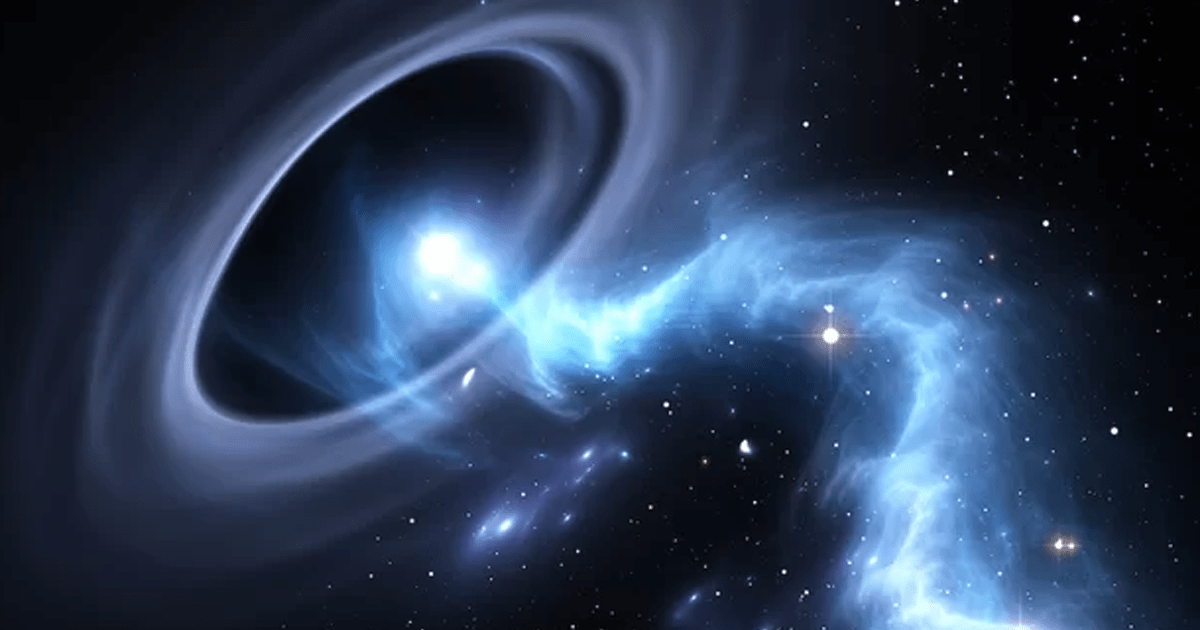

The plan now is to re-image the observation with the James Webb Space Telescope and the Chandra X-ray Observatory to make sure that the black hole explanation for this striking sight is the correct one. Researchers also believe the binary was thrown in the other direction, and want to confirm its location in future observations.Ĭonsidering how novel this star-forming speedster of a supermassive black hole is, future observations are sure to follow. Then, a rogue black hole flew into the mix, and the whole system became unstable, throwing a black hole out into the universe at impressive speed. The dominant theory is that the galaxy used to contain a binary system of two supermassive black holes orbiting each other. The team believes that the black hole probably got its speedy start in that galaxy. NASA, ESA, Pieter van Dokkum (Yale) Image Processing: Joseph DePasquale (STScI) There is now a string of brand new stars stretching 200,000 light years back from the location of the black hole to the galaxy researchers believe it came from. Bringing together all of that material has caused new stars to form as the black hole moves through the universe. In that wake, where the newly-collected gas is able to cool off after being hit by a speeding bullet of a black hole, there is enough material that the black hole has been triggering a string of new star formation. By the time any new matter would fall into the monster black hole, it’s already moved on and dragged the material around into its wake. It’s moving so fast, in fact, that it’s not swallowing anything in its path. According to a NASA release, moving at that speed would get you from the Earth to the Moon in just 14 minutes. The supermassive black hole, which is likely around 20 million times the mass of our Sun, is zooming through the universe at about 3.5 million miles per hour. The Cosmic Hunt for Primordial Black Holes.Rogue black holes are nothing new to science, but we’ve never before seen one move this fast or leave any kind of creation behind. And recently, it spotted something truly unique.Īccording to a new study, Hubble spotted a rogue supermassive black hole that is actively forming stars in its wake.

The Hubble Space Telescope is still up in the sky making exciting discoveries. That’s not to say the acclaim is undeserved-JWST takes outstandingly beautiful, high-res photos and is already revolutionizing the field of astronomical observation.īut it’s not the only space telescope putting in the work. The James Webb Space Telescope gets all the headlines these days. Researchers hope to follow up on this observation with JWST and the Chandra X-ray Observatory to confirm the sighting, and eventually use the Nancy Grace Roman Telescope to search for more of these fast-moving rogue black holes.Rather than swallowing material it runs into, the black hole is dragging the material behind itself, and that material is coming together to form stars.Hubble just spotted a supermassive black hole zooming through the sky and leaving a star formation in its wake.


 0 kommentar(er)
0 kommentar(er)
